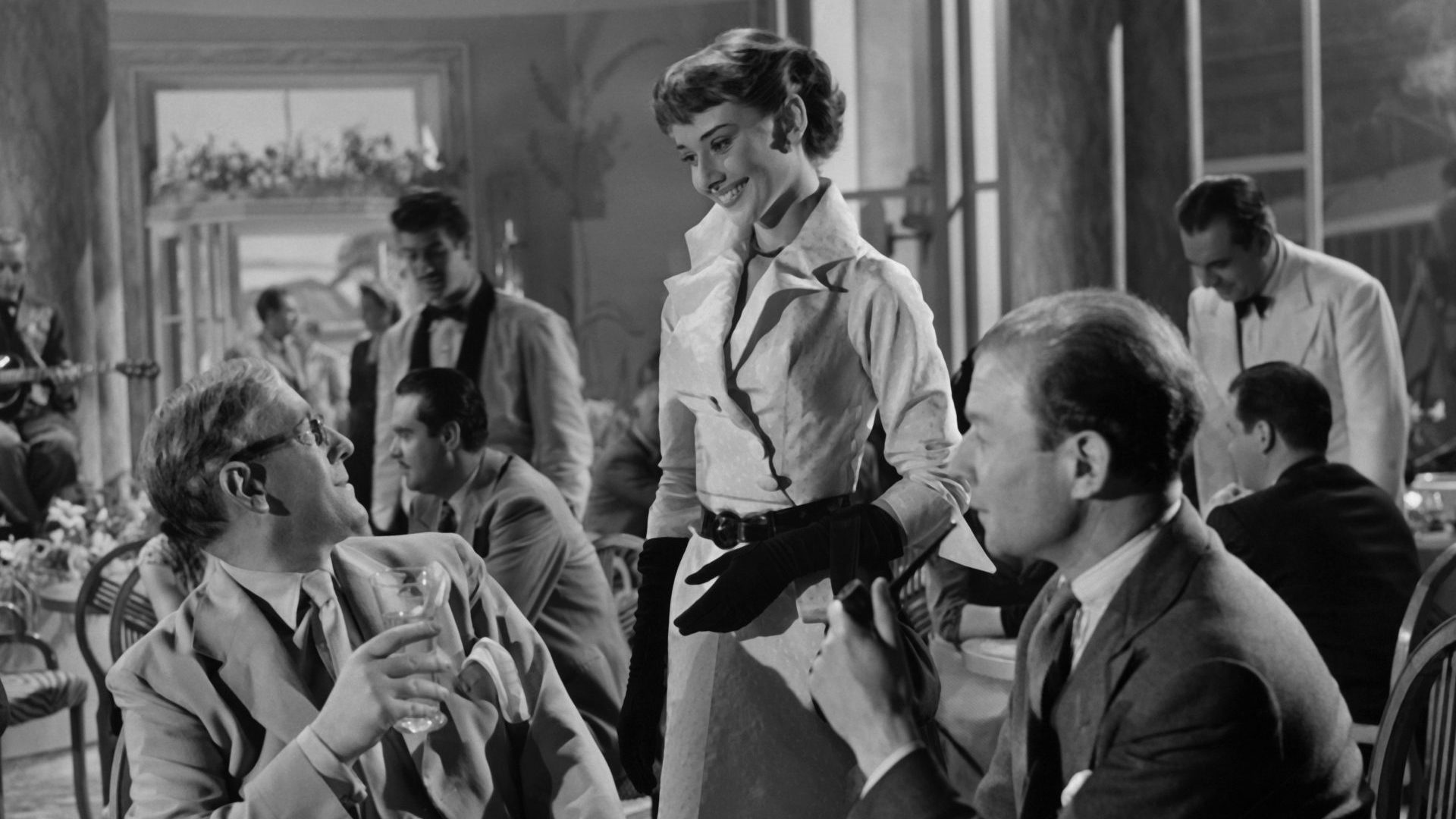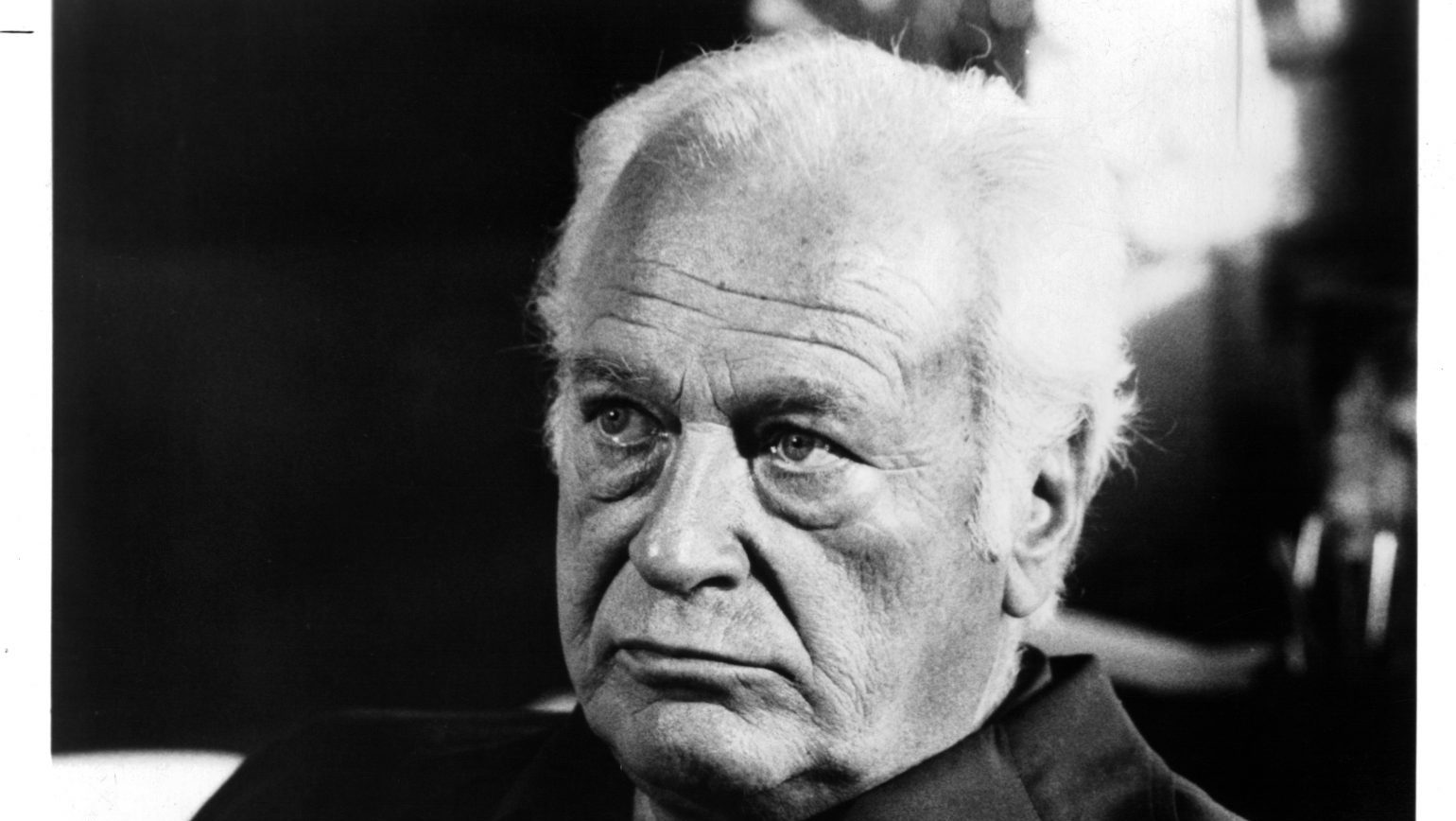The aftermath of D-day was, of course, one of his purposes.
The allies’ purpose was the breakout, that aftermath of the landings and the invasion of Europe, leading to the defeat and ultimate surrender of Nazi Germany.
But before that happened, Hitler had waged war against the Netherlands after the failure of the allies in the campaign that came to be known as “a bridge too far”.
Hitler inflicted the Hongerwinter – famine. Famine is a form of genocide.An estimated 22,0000 people died as a result. Those victims who lived through it were in far greater numbers.
One of the survivors, a witness to this, was a young dancer who had, from time to time, helped to carry messages for the resistance. She did this in spite of the fact that her parents were card-carrying fascists, something that haunted her for ever.
As did, off and on, the suffering she endured as a result of the starvation: jaundice, oedema, anaemia. She almost lost her life and suffered their effects for the rest of her life.
It is said that, as a result of the famine, she decided to dance professionally, and to drop her last name as soon as she could. And become merely: Audrey Hepburn.
Then, partly because at 5ft 7in she was considered tall for a ballerina in those days, she decided to become an actor.
Maybe D-day made her in the sense that she knew she was going to go somewhere else, be somewhere else. Even though her parents were considered Dutch aristocrats, her heart and maybe her soul were with the less fortunate, something she demonstrated when she worked with the UN helping the children of famine towards the end of her life.
I, like many, grew up seeing her dressed up to the nines in Givenchy, a radiant presence who lit up the screen and always seemed to be true to herself.
But when asked if she would like to play the part of Anne in The Diary of Anne Frank, because both of their names were box-office, Hepburn replied that she was not good enough.
She knew that Anne Frank had been her exact contemporary, had lived in Amsterdam at the same time. Audrey Hepburn had come to know early on that delicate thread between life and death. And that she had survived.
When she arrives in the cafe at the beginning of The Lavender Hill Mob, maybe her first speaking part, we know instantly who she is and her presence lights up the screen.
Alec Guinness, the star, looks up at her from his sitting position and maybe, we think, he knows that she is one, too.
The answer to last week’s vintage quiz, what do D.O.A. (1950, directed by Rudolph Maté) and Laura (1944, Otto Preminger) have in common?
Both are classic noir with that unmistakeable coda: their stories are about a dead person. Or a person believed to be dead.
The great opening of D.O.A. is this: a guy walks into a police station to report a murder – his own. And then the film is largely about him trying to solve his own murder. With us, the audience, wondering if he is who he says he is or just plain nuts, or on a deeper level: what is reality?
Laura is about a woman thought to be dead; but who turns up and discovers that her murder is being investigated, and then winds up being accused of murder.
Two beautiful pieces of cinema that need to be remade. But maybe that might be too hard to do. Their endings would be all over social media.
Next quiz: the star of The Lavender Hill Mob is Alec Guinness. Audrey Hepburn has a walk-on at the beginning. Later, in the 1950s, they both – separately – made one of their greatest box-office successes. And they had the same co-star in both films. Who was he and what were the films?
And a bonus question: what do Donald Trump and Audrey Hepburn have in common?




